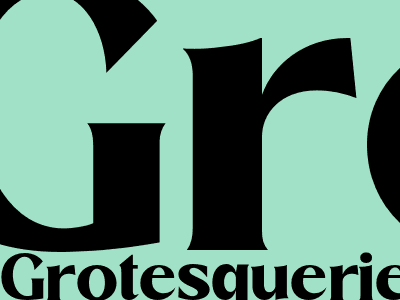
Grotesquerie: Delving into the World of the Unusual and the Disturbing
What is Grotesquerie?
Grotesquerie, an artistic genre characterized by the depiction of grotesque, bizarre, and often disturbing figures and scenes, has fascinated and repelled audiences for centuries. Originating from the Latin word "grottesco," meaning underground cave, grotesquerie emerged during the Renaissance period, when artists uncovered ancient Roman frescoes in subterranean chambers. These frescoes, adorned with fantastical creatures and distorted forms, inspired artists to explore the realm of the grotesque, challenging societal norms and conventions.
Historical Roots and Evolution
Grotesquerie has its roots in medieval art, where grotesque imagery served as a visual representation of sin, vice, and moral decay. During the Renaissance, grotesquerie flourished, becoming a prominent motif in architecture, painting, and decorative arts. Artists such as Hieronymus Bosch and Pieter Bruegel the Elder employed grotesque elements to depict scenes of human folly, social satire, and the horrors of war.
In the 19th century, the grotesque experienced a revival in the works of Romantic and Symbolist artists. Romantics, such as William Blake, embraced the grotesque as a means to explore the subconscious and the irrational. Symbolists, like Edvard Munch, utilized grotesque imagery to convey psychological states of anxiety, alienation, and despair.
Characteristics of Grotesquerie
Grotesque art is characterized by its exaggerated and distorted forms, often combining human and animal features or creating hybrid creatures. These grotesque figures often evoke feelings of unease, disgust, and even horror. Grotesquerie embraces the unusual, the bizarre, and the abnormal, challenging traditional notions of beauty and order.
Common Elements:
- Distorted and exaggerated figures
- Hybrid creatures combining human and animal features
- Emphasis on the grotesque, the bizarre, and the disturbing
- Subversion of traditional notions of beauty and order
Grotesquerie in Modern Art
In contemporary art, grotesquerie continues to challenge and provoke, taking on new forms and meanings. Surrealists, such as Salvador Dalí and René Magritte, employed grotesque imagery to explore the subconscious and create dreamlike worlds. Pop artists like Jeff Koons and Claes Oldenburg have utilized grotesque elements to critique consumer culture and mass media.
Grotesquerie has also gained prominence in contemporary horror and science fiction, where it serves to create unsettling and disturbing atmospheres. Films like Guillermo del Toro's "Pan's Labyrinth" and novels like H.P. Lovecraft's "The Call of Cthulhu" employ grotesque imagery to evoke feelings of dread and cosmic horror.
Psychological and Societal Significance
Grotesquerie has significant psychological and societal implications. By confronting viewers with the grotesque, grotesque art forces them to confront the darker aspects of human nature and the irrationality of the world. It can be a cathartic experience, allowing viewers to release and explore their own grotesque impulses.
Grotesquerie also serves as a social commentary, exposing the hidden horrors and injustices of society. By depicting the grotesque, artists challenge societal norms and conventions, forcing viewers to question their own beliefs and values.
Conclusion
Grotesquerie is a complex and fascinating artistic genre that has evolved over centuries, captivating and repulsing audiences with its portrayal of the grotesque and the disturbing. From its origins in medieval art to its modern-day manifestations, grotesquerie challenges societal norms, exposes the darkness of human nature, and invites viewers to explore the boundaries of the imagination. Whether embraced for its aesthetic appeal or condemned for its unsettling nature, grotesquerie remains a powerful force in art, continuing to provoke, disturb, and inspire.